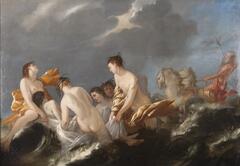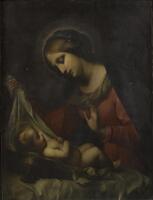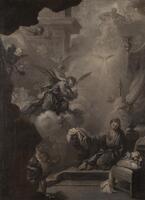19 UMMA Objects
19 UMMA Objects
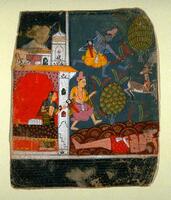
Artist Unknown, India, Central India, Malwa School
Râmâyana manuscript page: Rama kills the deer (folio no. 31)
1635 – 1650
Gift of Mr. George P. Bickford for the James Marshall Plumer Memorial Collection
1964/2.111
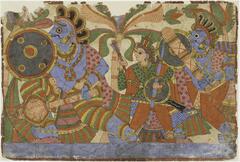
Artist Unknown, India, Maharashtra, Paithan School
Warriors going into battle from a Mahabharata series
1800 – 1866
Gift of Dr. and Mrs. Leo S. Figiel and Dr. and Mrs. Steven J. Figiel.
1975/2.150
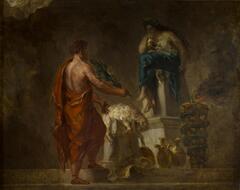
Eugène Delacroix (French (culture or style))
Lycurgus Consulting the Pythia
1835 – 1845
Museum Purchase
1968/2.75
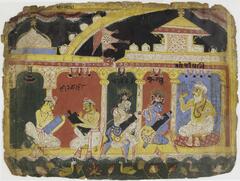
Artist Unknown, India, Uttar Pradesh, Chaurapancasika Style
Bhagavata Purana series: Krishna and Balarama Studying with the Brahman Sandipani
1525 – 1550
Gift of Dr. and Mrs. Leo S. Figiel and Dr. and Mrs. Steven J. Figiel
1983/2.104
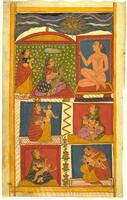
Artist Unknown, India, Rajasthan, Sirohi School
Digambara Jain manuscript page: Jina and worshipper
18th century
Gift of Dr. and Mrs. Leo S. Figiel and Dr. and Mrs. Steven J. Figiel.
1975/2.165

Indian (Indian (South Asian))
Picchvai
1700 – 1850
Gift from the collection of Robert B. Jacobs
2008/2.288

William Payne (British (modern))
Woodland Night
1786
Gift in honor of Louis C. and Helen Grace Andrews
2014/1.621

Indian (Indian (South Asian))
Vishnu on Ananta
18th century
Gift of Professor Walter M. and Nesta R. Spink
1985/1.132

Ethiopian Orthodox (Ethiopian Orthodox)
Healing Scroll
19th century
Gift of F. Karel Wiest
1981/2.159
Loading…
